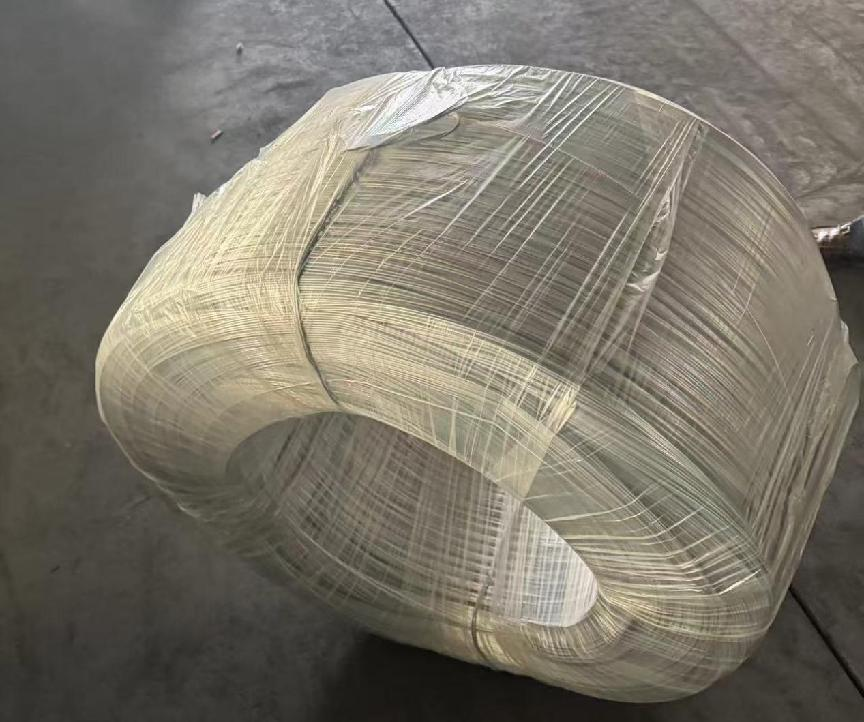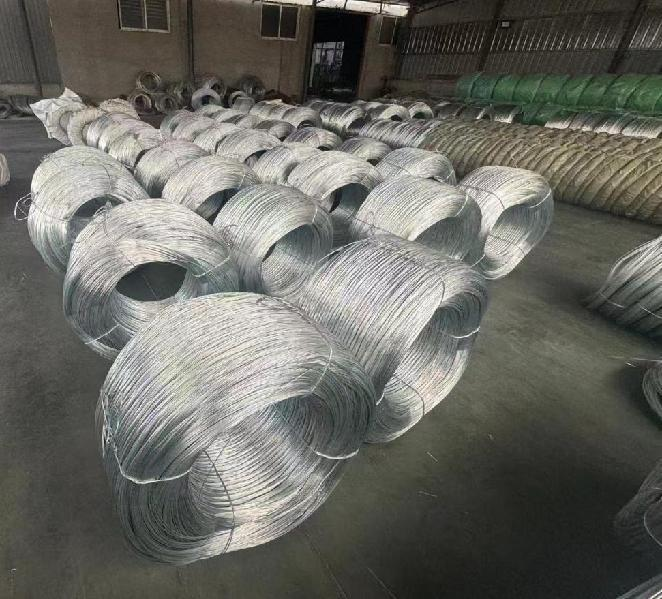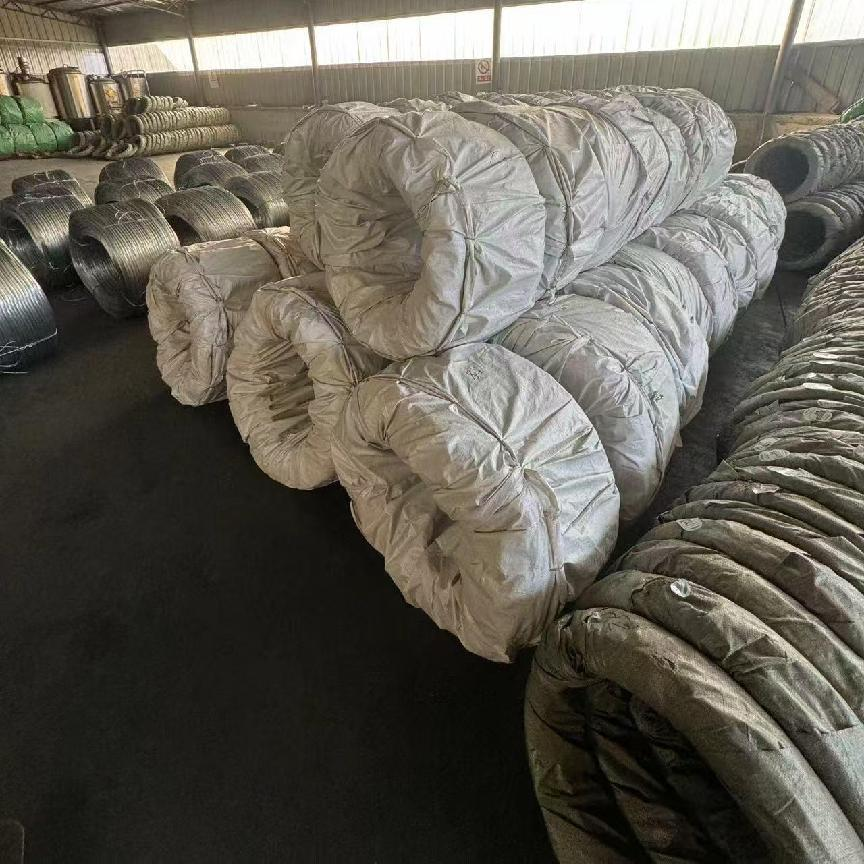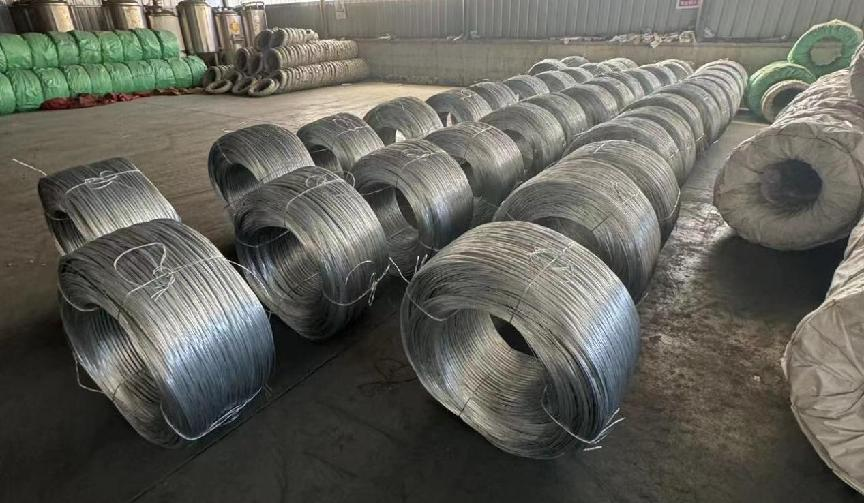Galvanized wire is made of high-quality low-carbon steel and is treated by electroplating or hot-dip galvanizing to cover its surface with a layer of zinc, thereby enhancing its corrosion resistance and service life. Galvanized wire is widely used in many fields such as construction, agriculture, and industry due to its good flexibility, tensile strength and rust resistance. It is one of the indispensable basic materials for modern industry and civil use.
CREDIT

Classification of galvanized wire
Galvanized wire can be divided into the following categories according to the galvanizing process and performance:
1. Electrogalvanized wire
The electrolytic galvanizing process is used, and the zinc layer is thin but the surface is bright and uniform.
It is mostly used in indoor environments or short-term use where the anti-corrosion requirements are not too high.
2. Hot-dip galvanized wire
The coating is completed by immersing the steel wire in high-temperature zinc liquid. The zinc layer is thicker and has stronger corrosion resistance.
Suitable for outdoor or long-term use environments, such as fences, agriculture, and seaside.

Advantages of galvanized wire
✅ Excellent anti-rust performance: The zinc layer effectively blocks moisture and air, preventing the steel wire from oxidizing and rusting.
✅ Good flexibility and ductility: easy to bend and shape, not easy to break.
✅ Long service life: Especially hot-dip galvanized wire, the service life can reach more than 10 years (depending on the use environment).
✅ Smooth surface and beautiful appearance: suitable for engineering projects with certain requirements for appearance.
✅ High cost performance: low cost and simple maintenance.
CREDIT

Standard Specifications
Diameter: 0.2mm – 5.0mm (commonly used are 0.7mm, 1.0mm, 2.0mm, etc.)
Zinc Coating Thickness: 10 – 300g/m² (hot-dip galvanizing is thicker)
Tensile Strength: 350 – 550 MPa
Packing :Coil, spool, cut or customized according to customer requirements
Color Silvery :white (can be coated with green, black, etc. according to requirements)

